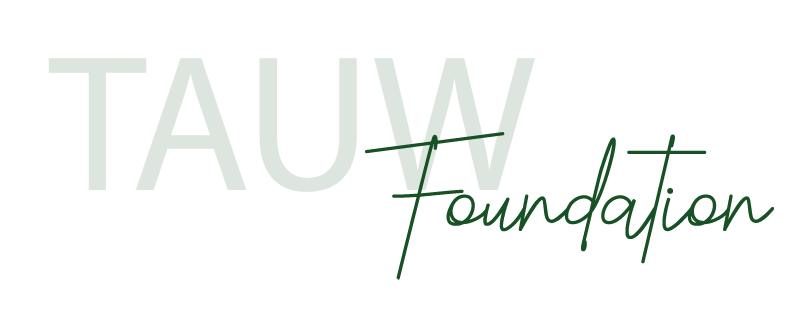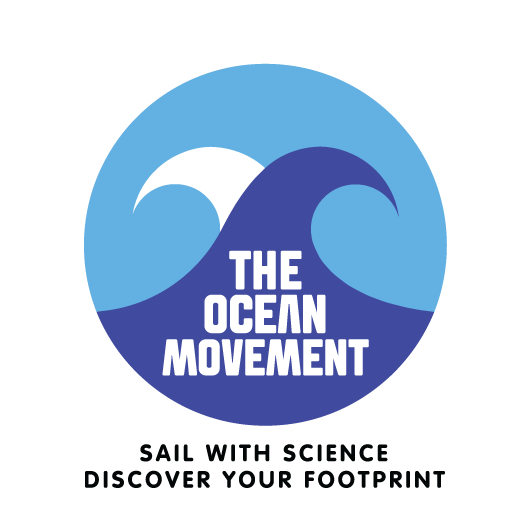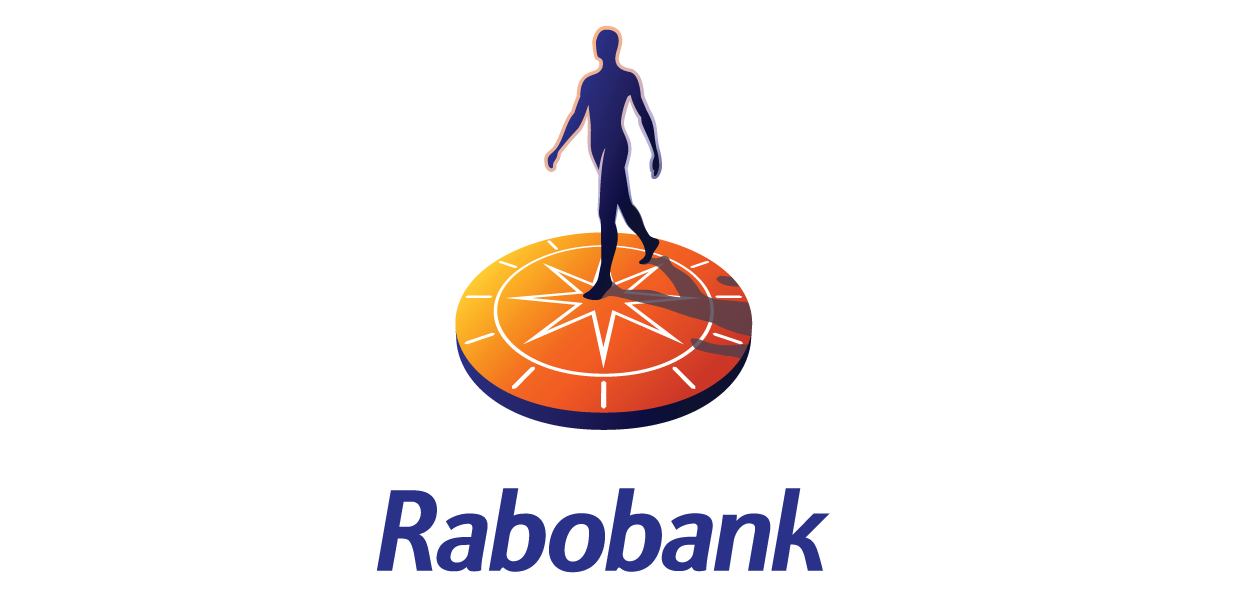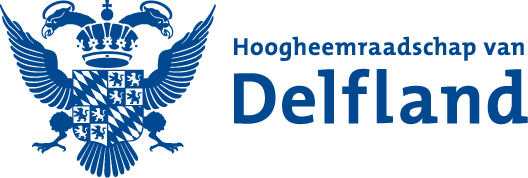Project 8: Microplastics
In 2021 we tested a new, easy, and cheaper method for researching the number of microplastics in surface waters. On this page you can find all the materials to use this method on your own to research microplastics.
What?
A new method to ‘catch’ and analyze microplastics. Right now, research into microplastics primarily takes place with samples that need to be analyzed in labs. This method is very expensive and therefore not suitable to apply on larger scales.
We tested the Trawl method. This trawl is normally suspended and dragged next to a boat, collecting microplastics at the water surface. We have tested whether this method, with some alterations, can be used behind a SUPboard. This will make it easier for people to collect samples, because you do not need a boat, and SUPboards are much cheaper.
The collected (micro)plastic is analyzed using the 5-gyres method. Plastic particles are separated on size and type using a sieve.
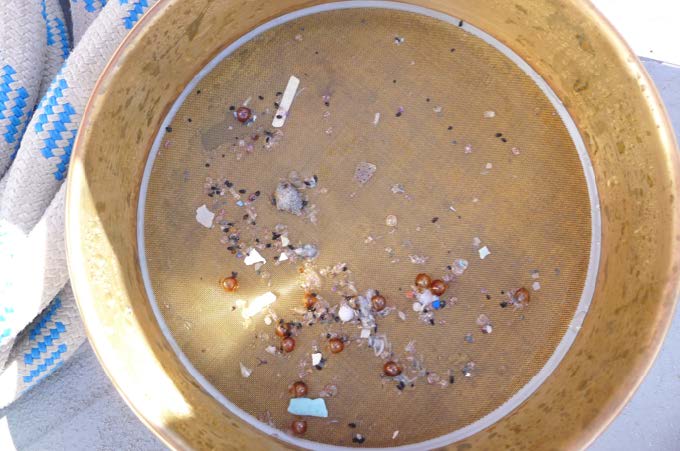
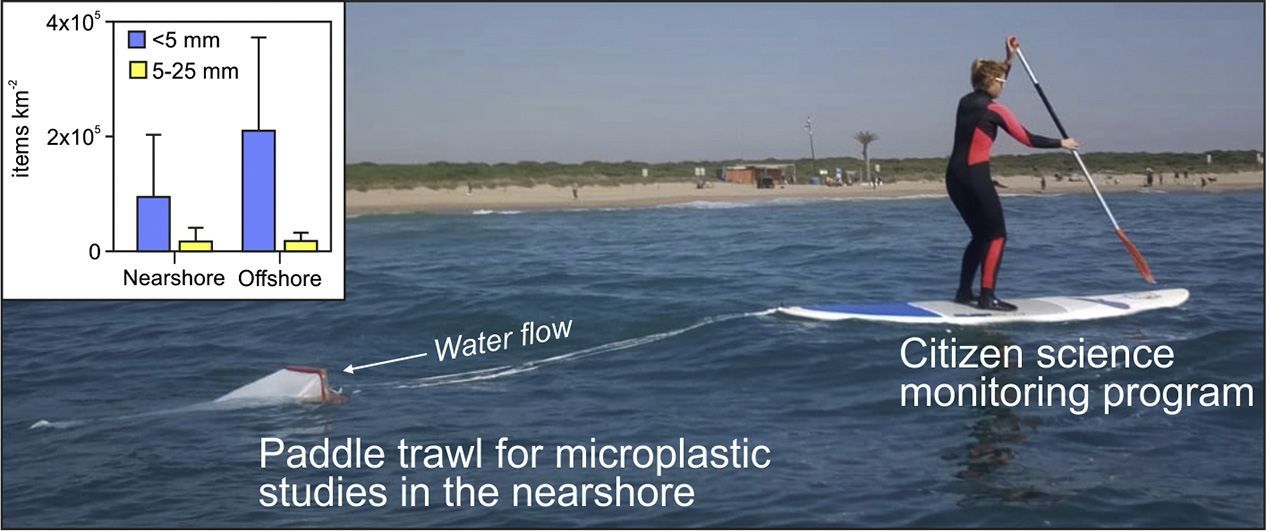
Materials
Big SUP-trawl
Smaller Micro-trawl
Do you have question about this method or do you want to discuss the best approach for you? Contact us via waterlab-sc@tudelft.nl!
Results
The new methods was tested during the four day event Vliet Clean (s)Up, during which plastic was cleared away from the river Vliet. For testing the method, we used two trawls on 10 different sections of the route. De number of collected plastic particles have been recalculated to no. of plastic particles per kilometer.
Why?
You can barely see microplastics, but they are a big problem. It is important to keep track of the number of microplastics and whether they are stable, increasing or decreasing. You can also use (long term) monitoring to identify and act on sources of microplastics. Finding a good but affordable method to do that is very important to do so.

